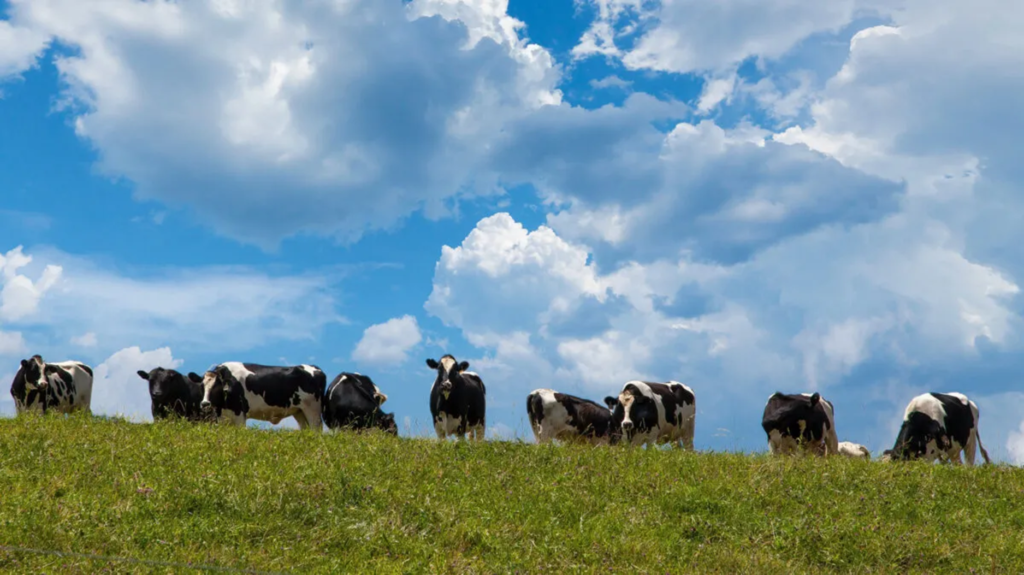
Dairy farmers income has fallen significantly in recent months after reaching record milk high prices 2022, with many companies battling to stay in business and some permanently closing their doors.
Their situation has drawn the analogies to the 2009, financial crisis, which drove the dairy farms into bankruptcy. Due to increased inflationary pressures and increasing interest rates that make it more expensive firms to borrow money and believe it may be worse this time.
“This is a real downturn,” said Jack Hamm, a dairy farmer in San Joaquin County, California. “These last two months have been every bit as bad as 2009. There are dairies for sale every week.”
In 2009, dairy farmers faced financial catastrophe due to the global recession, leading to a decline in export demand and oversupply of milk. This led to higher feed costs and increased costs for labour, fuel, and fertilizer. Today, these costs have skyrocketed.
“It’s tough right now to make ends meet,” Hamm said. “But it’s not the first time we’ve been through it.”
Milk prices have dropped due to a slowing economy and higher food prices, softening demand for dairy products. Global milk production is growing, but momentum is losing. Food manufacturers are increasing prices, despite consumers’ resistance.
Peter Fredericks, market administrator for California federal milk marketing order, predicts dairy product prices may slide before improving in fourth quarter. Dairy farmers send low-producing cows and calves to auction for income.
“That’s definitely one of the bright spots, and that’s definitely helping us,” said David Barroso, a dairy farmer in Merced County, California.
The milking herd has not increased nationwide. The number of milk cows in United States increased to 8.29 billion in June from 8.915 million head at the same time, last year with 0.2% increase in milk production, according to USDA.
Forward contracts and insurance are two risk management strategies that can be useful, but they come with fees and can only “do so much”, according to Tom Barcellos, a dairy farmer in Tulare Country, California.
Barroso said the improvements he’s making this year to help cool cows from the heat have helped to sustain milk output, unlike other farmers who would put off maintenance and other farm repairs until financial conditions are better. There have been clearly advances, he added, but it’s too early to say how much. Without adjustments he said, his farm milk output dropped by 20% to 25% last summer.
“We’ve invested quite a bit into that,” Barroso said. “I’m not sure we picked the best year to do it, just because of cash flow and financial issues, but hopefully we’ll start to pay it off when that upswing happens.”
























